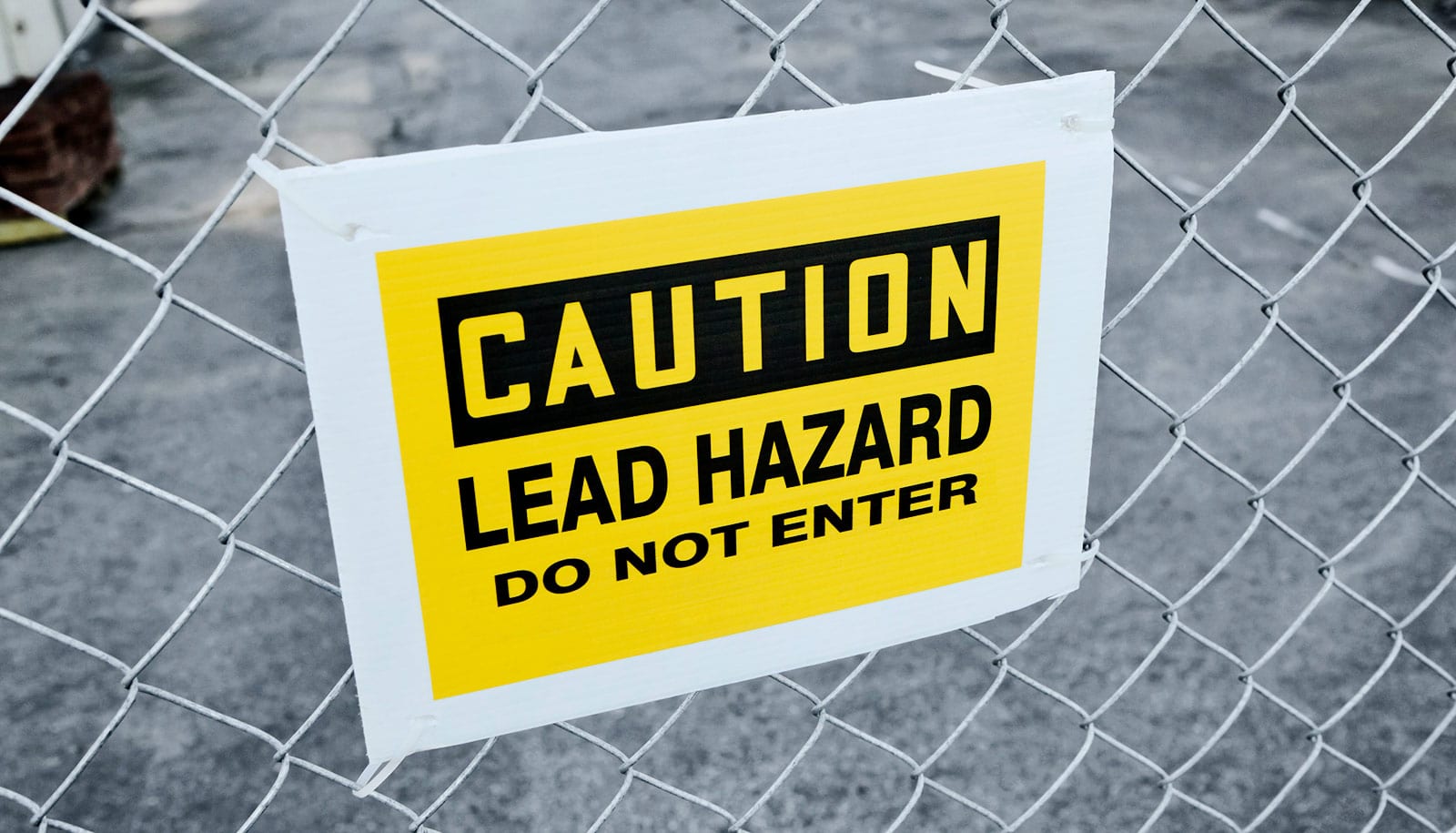New research could lead to the replacement of toxic materials that work so well in solar cells.
Any substitute for the lead-containing perovskites used in some solar cells would have to really perform. The perovskite semiconductors have been so promising and so efficient at converting sunlight into electricity that replacing them is a challenge.
What materials can produce semiconductors that work just as well, but are safe, abundant, and inexpensive to manufacture?
“Semiconductors are everywhere, right?” says Javier Vela, an associate professor of chemistry at Iowa State University and an associate of the US Department of Energy’s Ames Laboratory. “They’re in our computers and our cell phones. They’re usually in high-end, high-value products. While semiconductors may not contain rare materials, many are toxic or very expensive.”
Vela directs a lab that specializes in developing new, nanostructured materials. While thinking about the problem of lead in solar cells, he found a conference presentation by Massachusetts Institute of Technology researchers in which they suggested possible substitutes for perovskites in semiconductors.
Vela and his colleagues decided to focus on sodium-based alternatives and started an 18-month search for a new kind of semiconductor.
They came up with a compound that features sodium, which is cheap and abundant; bismuth, which is relatively scarce but is overproduced during the mining of other metals and is cheap; and sulfur, the fifth most common element on Earth.
“Our synthesis unlocks a new class of low-cost and environmentally friendly ternary (three-part) semiconductors that show properties of interest for applications in energy conversion,” the chemists write in their paper.
Metal on semiconductors may lead to invisibility cloaks
In fact, Rosales is working to create solar cells that use the new semiconducting material.
Vela says variations in synthesis—changing reaction temperature and time, choice of metal ion precursors, adding certain ligands—allows the chemists to control the material’s structure and the size of its nanocrystals. And that allows researchers to change and fine tune the material’s properties.
Several of the material’s properties are already ideal for solar cells: The material’s band gap—the amount of energy required for a light particle to knock an electron loose—is ideal for solar cells. The material, unlike other materials used in solar cells, is also stable when exposed to air and water.
So, the chemists think they have a material that will work well in solar cells, but without the toxicity, scarcity, or costs.
“We believe the experimental and computational results reported here,” they write in their paper, “will help advance the fundamental study and exploration of these and similar materials for energy conversion devices.”
Semiconductors for moving holograms twist like fusilli
The researchers report their discovery in the Journal of the American Chemical Society.
The National Science Foundation supported the work.
Source: Iowa State University



